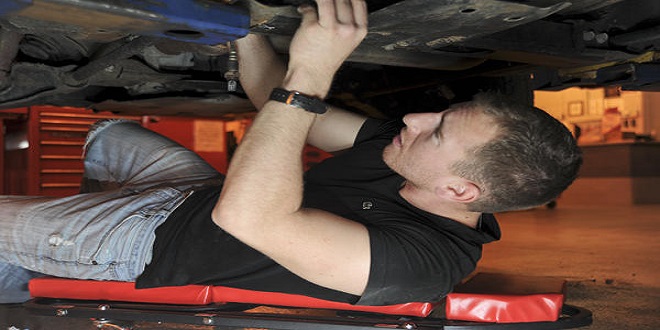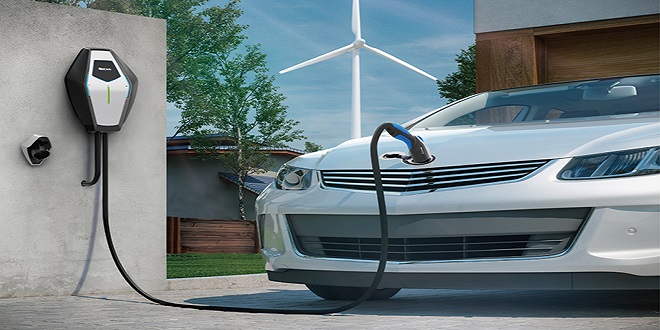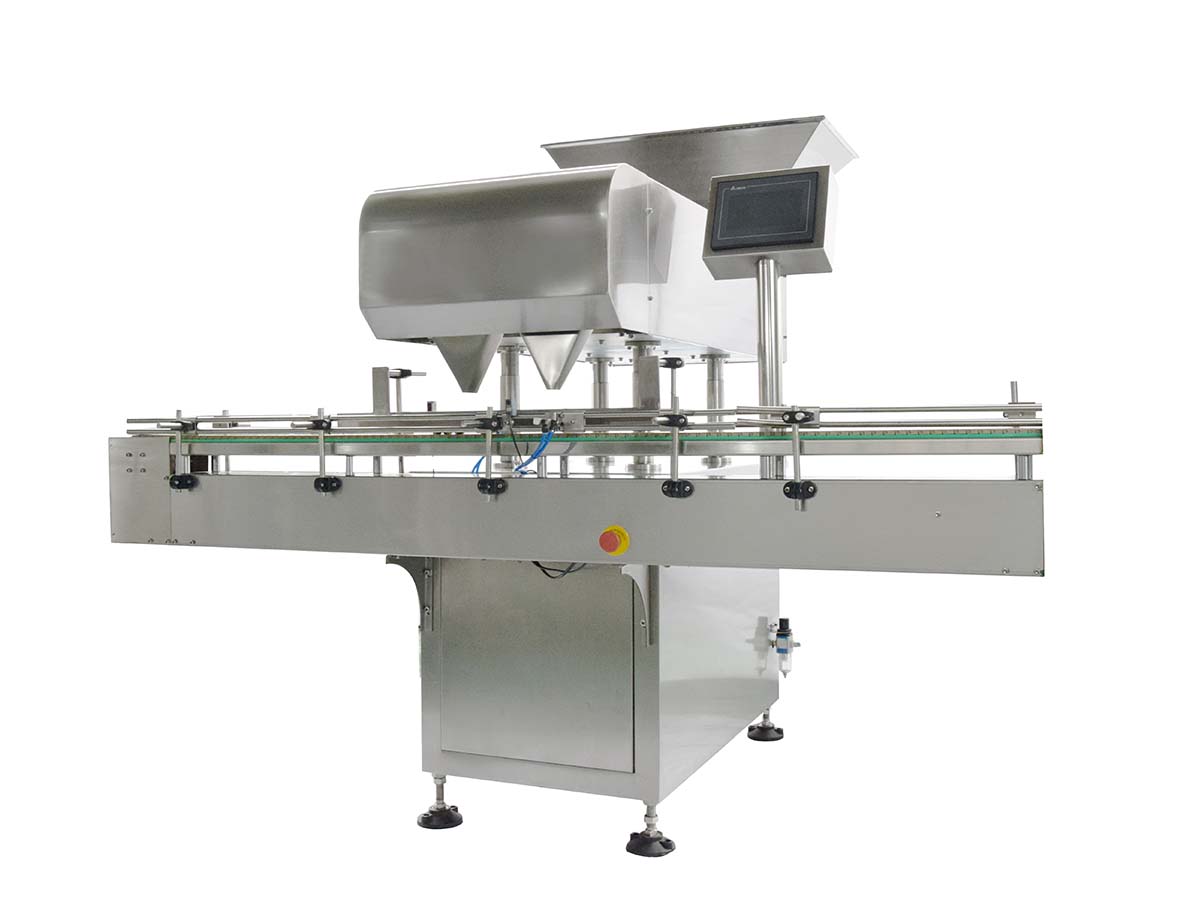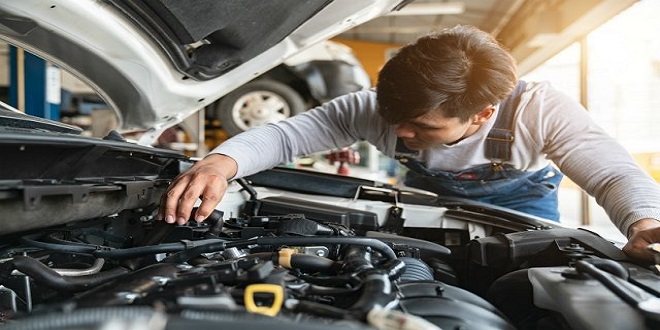Buying and Replacing Hoses and Hose Clamps

If you’ve followed the instructions in the “Check the hoses” section and found one that’s leaking or deteriorated, replacing it is usually pretty easy and inexpensive, with two caveats: Make sure that both ends of the hose are accessible. Some heater hoses disappear through the firewall and under the dashboard.
I’d much rather pay a mechanic than hang upside down in a cramped space while I locate and replace one of these hoses. Never attempt to replace a hose connected to your air conditioner. Air conditioners and their hoses contain refrigerant under pressure that can blind you.
If you have any problems with your air conditioner or its hoses, seek professional help. If your service facility doesn’t have an air conditioner specialist on staff, consider going directly to the specialist to avoid paying for the time it would take your service facility to deliver your vehicle to the specialist and then pick it up.
Buying the right hose
Before you can replace a hose, you need to visit the parts department at your dealership or an auto supply store to buy the proper type, diameter, and length of hose for your vehicle. If possible, while you’re still in the parking lot wherever you bought it, check the new hose against your old hose.
If the hose doesn’t seem to be the same size and shape as your old one, take it back in and exchange it. If you can’t drive your vehicle to the store, remove the hose by following the instructions in the section “Replacing hoses” and take it with you so that the parts department at the store can match it.
Don’t get a radiator hose that has wire inside it. Radiator hoses have to bend to fit properly between the radiator and whatever they lead to. Some hoses are straight tubes, with wire coiled inside the rubber casing. These are called universal hoses; they’re designed to bend to fit many cars. Often, the wire breaks or works its way through the top covering of the hose, causing the hose to leak.
The hose should be squeezable — another reason that you don’t want a top radiator hose with wire inside. This way, if you have problems with your cooling system, you can squeeze the hose to see whether the system is operating under pressure. A dangerously pressurized hose that’s hard to squeeze warns you not to remove the radiator cap until the car cools down and the pressure is reduced.
Buying and replacing hose clamps
When buying a new hose, don’t forget to buy new hose clamps. They should be large enough to fit the outside diameter of the hose. Clamps are so inexpensive that you should make it a habit to replace them whenever you change a hose. If you’re changing a hose that was secured with wire hose clamps or screw-type clamps, replace them with gear -type clamps that can be removed and replaced easil
Last word
These clamps don’t loosen easily, so they’re often found on radiator hoses and the like to keep them in place. Unscrew the screw and remove it.
Then slip your screwdriver under the clamp and loosen it. To avoid the hassle of reinserting the screw, replace with gear-type clamps.





